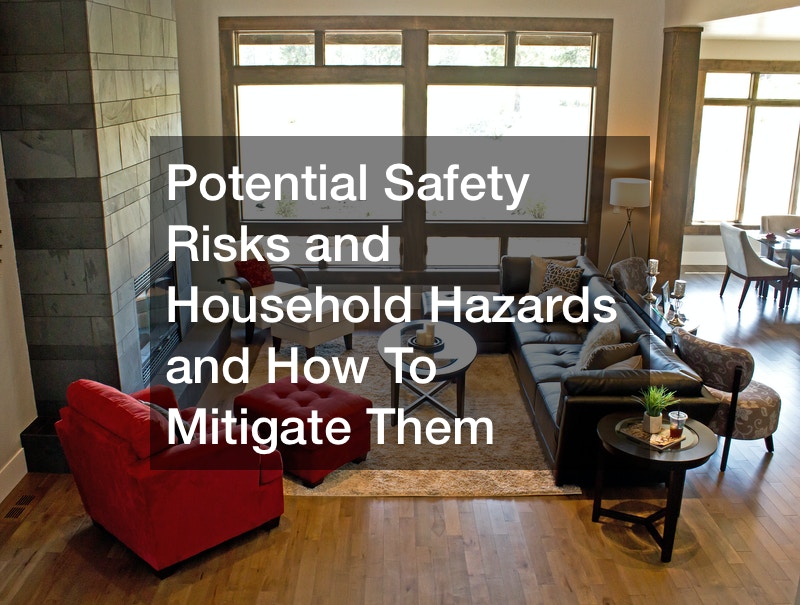y:arial; font-size:12px”>6. Dirty and/or damaged chimney
A dirty or damaged chimney is another danger that you should be on the lookout for. It is possible for a chimney to be damaged due to wear and tear and weather or even the nesting of animals. A chimney can become filled with smoke or other objects. Unclean chimneys, or ones that are damaged, could cause fires as well as carbon monoxide poisoning. That’s why it’s important for your chimney to be inspected and cleaned by a skilled chimney cleaning service regularly.
There are also steps to avoid damage to the chimney. As an example, you may put a cap on your chimney to keep the flies and other debris from getting. Also, you should ensure there aren’t cracks or holes in your chimney. Be sure that the chimney for an open-fired fireplace is protected and lined.
7. Radon
Radon it is colorless and odorless, is present in many homes. The gas is created through the breakdown of uranium in soil, the rock, and even water. Radon can get into the structure through cracks or openings in the foundation. Radon is able to grow to hazardous levels after it has entered your home. Radon, the most common cause of lung cancer among smokers, accounts for thousands and thousands of deaths every year.
Check your home for radon to determine if there is a problem with Radon. There are two types of tests: short-term , and long-term. The CDC affirms that short-term tests serve to assess normal radon levels in your home over a time of between two and 90 days. The long-term tests are a measure of the average radon levels over longer than 90 days.
Are you suffering from an elevated level of cholesterol?
hiozee1d2b.
